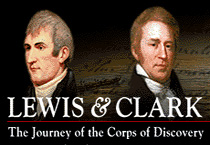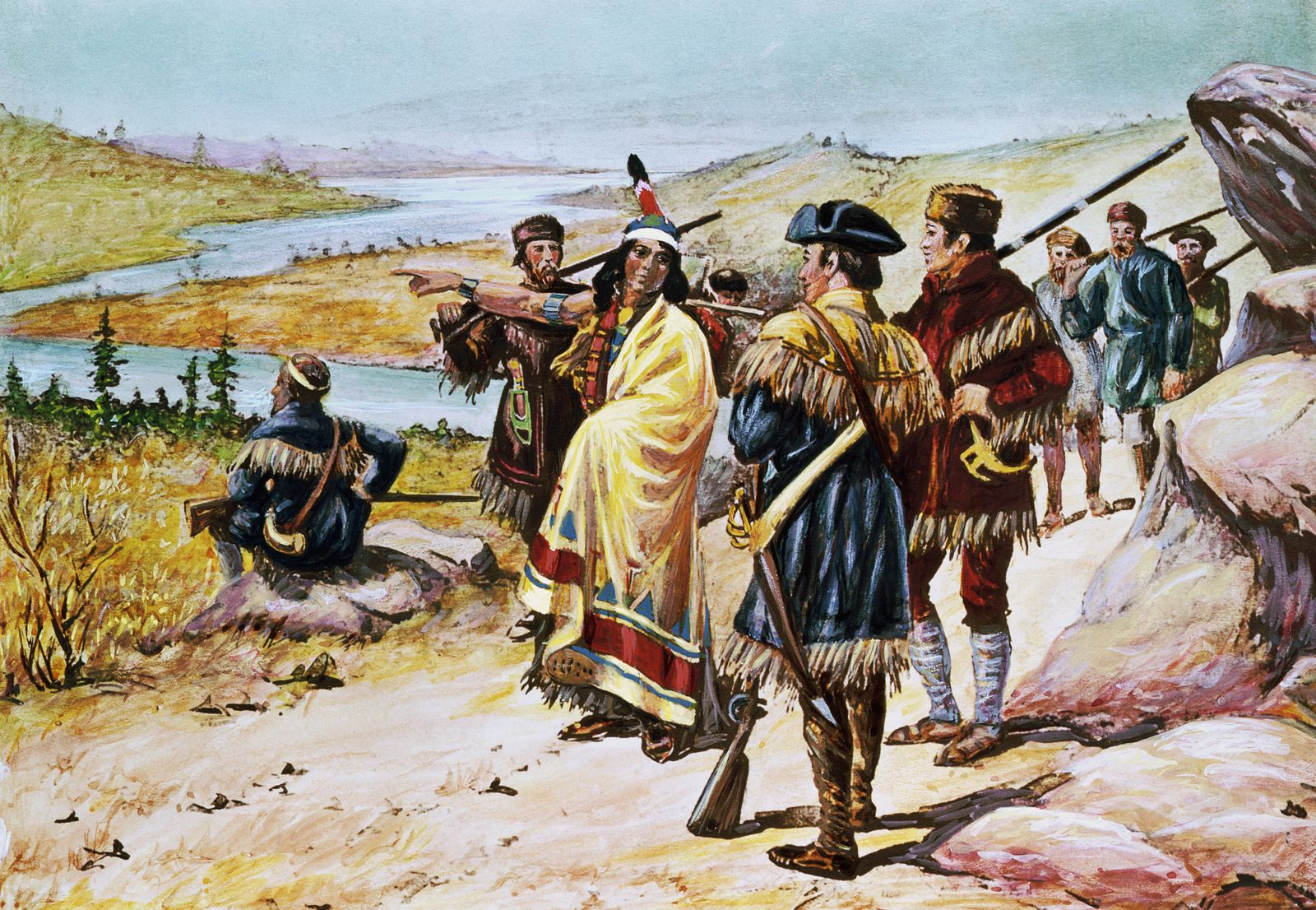

The rigors and deprivations of the trip are all but unimaginable to today’s lounge-chair viewers. Anecdotes enliven the overall story re-enactments, paintings, sketches and photo stills illustrate the explorers’ accomplishments. Narrator Hal Holbrook’s voiceover enriches the saga with its professionalism, more than can be said for the delivery of some on-camera writers and historians whose over-earnest styles occasionally distract from the docu’s content. Lewis’ curious death - he never wrote a book from his journals, as Jefferson had commanded - is chalked up here to suicide, but there has been talk down the years of foul play. The docu, finishing off the exploration, tells what happened to the hearty Clark and to several of the men. Not much is known about the near-anonymous young men and what happened to most of them after their return from the long journey there’s strong material for an imaginative screenwriter. The Corps hired Charbonneau as an interpreter, but it’s Sacagawea who, acting as guide, became their real connection with the West. The greatest fortune for the travelers was encountering Sacagawea, a young Shoshone woman married to French trader Toussaint Charbonneau. It’s difficult to conceive how the proud Native Americans could swallow the arrogant pronouncements. The so-secure explorers explained to various tribal chiefs that the Indians were, like children, under the protection of the great chief in Washington. The Mandans and the Nez Perce welcomed them the Teton Sioux and the Blackfeet they encountered were less accommodating. The Indians’ reactions are another matter. The journals of the leaders and the men reflect their bravery and resourcefulness, and are often touchingly human, as when, after a long period of short supplies, one of the expedition members writes apologetically of eating horse meat. His companions, as the docu poignantly demonstrates, named the hilltop where they buried him Floyd Bluff.

Charles Floyd, died in what’s now Idaho, apparently from a burst appendix. Louis not only behaved, after a few setbacks, but survived. The men, in their early 20s, generally stuck by the rules from all accounts, the small team starting in St. How York is eventually treated is a sad comment on the people of an era.Ī formidable team, Lewis and Clark established and administered any necessary punishment, including lashes to the back.

A straightforward, red-headed Virginian, Clark took along his slave, York, because he had grown so dependent on him. Lewis suffered from what seems to have been occasional depression Clark, more emotionally stable, was robust. Lewis, 29, a former military officer and Jefferson’s private secretary for two years, was chosen by the president for the job Lewis selected his friend and former military commander Clark, 33, to go along into history. The leaders’ backgrounds and relationship are described early on. Burns’ cameras catch first impressions of the Missouri’s White Cliffs, sandstone formations that still rise today like ancient fortresses the Pacific (after first mistaking the Columbia’s wide gorge for the sea) the Continental Divide the three forks in the Missouri. Mountain ranges, rushing streams, thick forests, strong river currents and unimaginable waterfalls faced the explorers. Colors are startling, with blues too blue, trees too high, wide open spaces breathtakingly wide and open. And they do it in the best way: by recreating with cameras what the expedition saw. The filmmakers capture the imposing grandeur as it was first viewed. Writer Dayton Duncan, comparing the venture to the moon launch, observes that the moon-walkers at least had immediate and direct communication with their fellow man back on Earth these explorers, trekking through an uncharted void, had no way of contacting home base.īurns and Duncan splendidly convey the utter vastness and foreignness of these unknown 2,000 miles of the American continent. Staying with them through the winter and procuring horses from the Shoshone Indians, they continued the trek westward over the Rocky Mountains. Louis on May 14, 1804, Lewis and Clark, given $2,500 by the government and approximately four dozen men, headed up the difficult Missouri River by keelboat until November, when they encountered friendly Mandan Indians. had bought for its $15 million and as a search for the (nonexistent) Northwest Passage, the supposed direct route to the Pacific. The already-planned expedition of the Lewis & Clark Corps of Discovery, as Jefferson called it, was especially important to the nation - as an exploration of what the U.S. The United States had reached westward only as far as the Mississippi until the Louisiana Purchase, which more than doubled the size of the country.


 0 kommentar(er)
0 kommentar(er)
